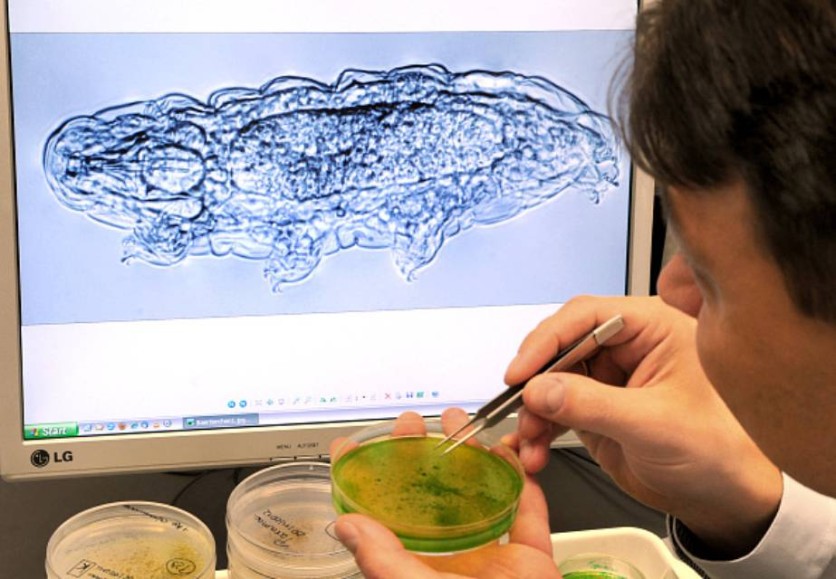Tardigrade research has been going for a while ever since these tough little fellows were discovered back in 1773. And now, that research has just moved up several notches higher.
SmithsonianMag reports that in a recent study, scientists just fired tardigrade specimens out of a gun to test how much impact force these microorganisms can take. And the answer? It's A LOT, further reinforcing the fact that a tardigrade, aka a water bear, is as durable as any life form can be.

The experiment is actually a part of a study that aims to find out if water bears can survive an impact from space. With the research results, scientists hope to learn more about how to actually try looking for extraterrestrial life elsewhere in the universe, as stated in ScienceDaily.
This study is the first of many conducted on the peculiarly tough species, which can survive even the most extreme climate conditions that Earth--or even space--has to offer.
Tardigrade Research to Find Life Outside Earth? How?
Scientists firing a bullet filled with water bears is more than just testing out how tough the critters really are. Initial findings from the experiment reveal that they can survive an impact speed of over 1800 miles an hour. This doesn't mean that the little guys come out unscathed, though, since the specimens did begin to fall apart shortly after surviving the impact.
In fact, there is already a real-world instance of a bunch of tardigrades "possibly" surviving an actual impact from space. Back in 2019, an Israeli lunar spacecraft crash-landed on the moon carrying water bear samples, as reported by WIRED. It's safe to say that a bunch of life forms now reside on the moon.
But while there's no real way to confirm if the water bears actually survived the crash, their track record precedes them and brings to light an interesting question: what if a tardigrade can actually "tell" us how to look for alien life?

This is the same exact question that the gun-toting scientists from the beginning of the article asked. They hypothesized that a tardigrade, with its extreme durability, may prove that alien life might actually exist in places that other life forms like humans aren't supposed to thrive in.
This opens up a much wider range of potentially habitable planets to look at, meaning we don't really need to look for worlds that look and behave like Earth. Even a planet covered in lava, boiling water, ice, or even an asteroid with barely any atmosphere can harbor primitive life forms, not unlike the tiny tardigrade.
What's Next?
Remember when NASA itself said that we will find alien life within the next 10 to 20 years? Well, with the new avenues opened up by research on water bears, that prediction might actually come true. Should the study become an official success, it means that scientists can now look at far more planetary conditions for life, unlike the very agreeable one we have on Earth.
And when we do find real, undeniable evidence of alien life, the entire world is going to change forever.
This article is owned by Tech Times
Written by RJ Pierce
![Apple Watch Series 10 [GPS 42mm]](https://d.techtimes.com/en/full/453899/apple-watch-series-10-gps-42mm.jpg?w=184&h=103&f=9fb3c2ea2db928c663d1d2eadbcb3e52)



